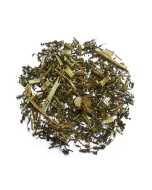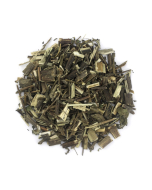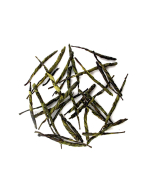Sweet Licorice Root - Sliced Licorice Root Tea
Licorice root, or ‘liquorice’ in British spelling, is the root of the Glycyrrhiza Glabra plant, from which a sweet flavour can be derived. In the West, it’s often used to sweeten candies and other types of foods, while in Eastern countries it’s a popular ingredient in folk medications. In some countries, licorice is also consumed in natural form by simply chewing the root.
The term licorice comes from the Greek Glukurrhiza, which literally means ‘sweet root’.
Licorice Root Tea Benefits
There’s a wide range of documented health benefits of licorice root. It soothes stomachache, cleans the respiratory system, fights stress and protects your skin and teeth.
This herb is generally considered safe when not consumed excessively. However, there are a few situations in which licorice should be avoided. Avoid Licorice when you’re pregnant or if you have heart diseases, high blood pressure, muscle related conditions, hypokalemia, kidney disease, or erectile dysfunction. Also avoid it during and after surgery.
| Tea Province | Gansu |
|---|---|
| Tea Region | Various Villages |
| Harvest Year | 2023 |
| Tea Season | Spring |
| Steeping temperature | 85 °C - 185 °F |
| Amount / 500ml (17oz) | 2-5 gram |
| Steeping time | 3-4 min |
| Amount (traditional) / 100ml (3.4oz) | n/a |
| Steeping Time (traditional) | n/a |
| Tea Cultivar/Varietal | n/a |
| Tea in Chinese | 甘草 |
| Gluten-free | yes |
| Tea Caffeine Content | caffeine free |




